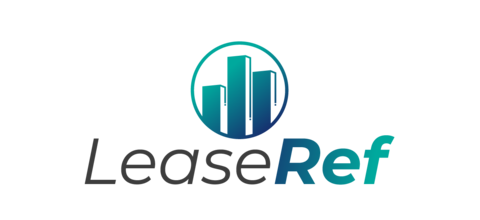Some numbers help you make a decision. GRM helps you decide if a deal is even worth modeling.
Gross Rent Multiplier (GRM) tells you how many years it would take to earn back the purchase price of a property using just the gross rental income. It’s not perfect, and it’s not deep, but it’s fast. You can use it to size up a deal in 30 seconds or less. Ready? Scroll down to the calculator and get your timer ready.
This calculator does exactly that. Plug in two numbers, the purchase price and gross rental income, and you’ll get a GRM value you can actually work with. No logins. No nonsense.
What GRM Tells You (and What It Doesn’t)
| What it Tells You | What it Doesn’t Tell You |
|---|---|
| How long it would take for gross income to match the purchase price | Anything about expenses, vacancies, or actual returns |
| Whether a property is worth a deeper look | Whether the deal pencils out |
| A quick way to compare multiple properties in the same market | How risky or stable the tenant mix is |
Think of GRM like a first date: it tells you just enough to know if you want a second one.
GRM Calculator
How to Calculate GRM (formula)
The formula for Gross Rent Multiplier is dead simple:
GRM = Property Price ÷ Gross Annual Rental Income
So if a property costs $1,000,000 and brings in $100,000 in gross rent each year, the GRM is 10.
This doesn’t factor in expenses, vacancies, or lease escalations, just top-line rent. That’s what makes it fast. It works best when you’re comparing similar property types in the same market, especially when you’re sifting through a pile of listings and need to sort the “maybe” from the “nope.”
You can run it manually, or just plug your numbers into the calculator above and keep moving.
Typical GRM Ranges by Property Type
GRM benchmarks vary by market and asset type, but here’s a general idea of the output you’ll see when you use the calculator:
| Property Type | Typical GRM |
|---|---|
| Industrial | 6-10 |
| Office | 8-12 |
| Retail (Inline) | 8-15 |
| Medical Office | 9-14 |
| Small Multifamily (2–12 units) | 8-16 |
GRM vs. Cap Rate: Know the Difference
These two get confused a lot. GRM is quick napkin math. Cap rate is real math (think: spreadsheet). GRM tells you how many years it takes to earn back the purchase price using gross rent-no expenses, no noise. Cap rate, on the other hand, uses net income and gives you a clearer picture of the property’s value and return. Use GRM to sort deals fast, and cap rate to decide if you should buy.
I’d suggest using GRM when you’re:
- Screening lots of listings
- Working with limited financials
- Comparing similar property types in the same market
Skip GRM when you:
- Have access to the full P&L or NOI
- Need to compare across asset classes or cities
- Care about actual returns, not just top-line rent
GRM is great for speed. But it’s not built for nuance. Use it to narrow the field, not to pick the winner.
Stay Sharp
If GRM is in your toolkit, you’re already ahead of the pack. Bookmark this page, send it to a junior on your team, or check out our other tools built for people who actually know what they’re doing.



